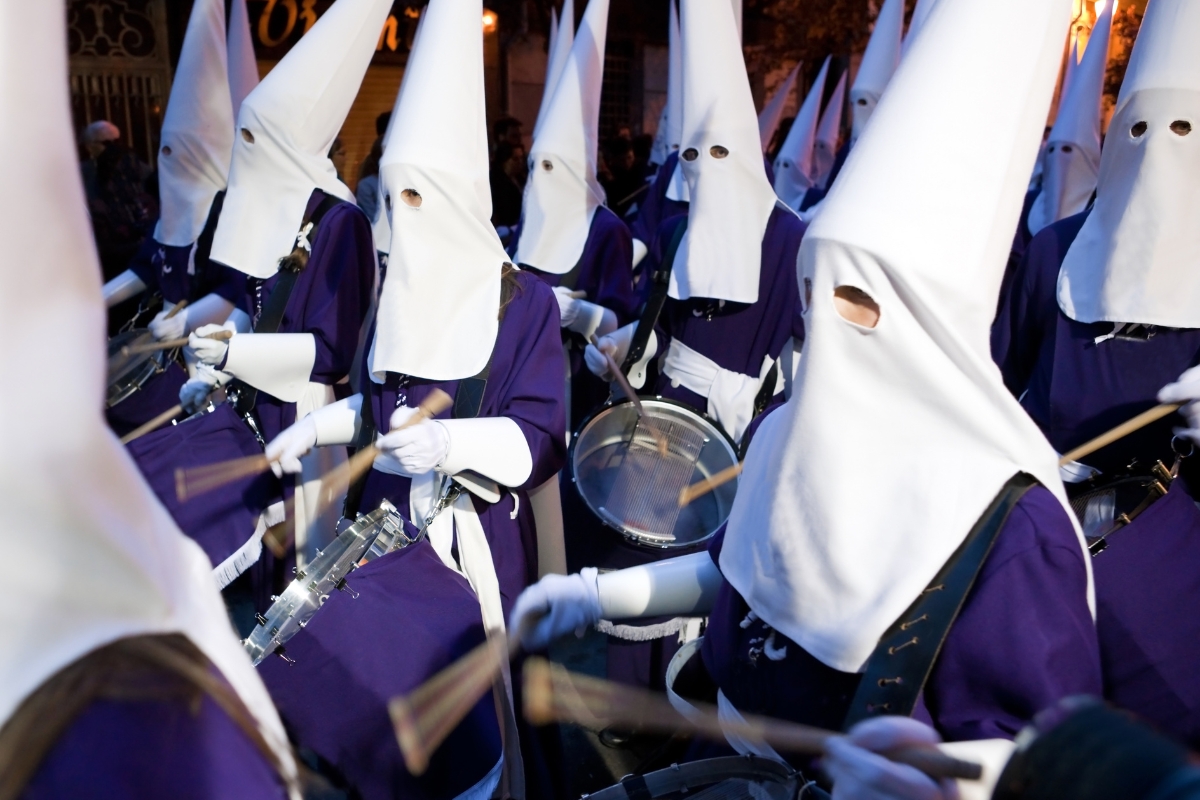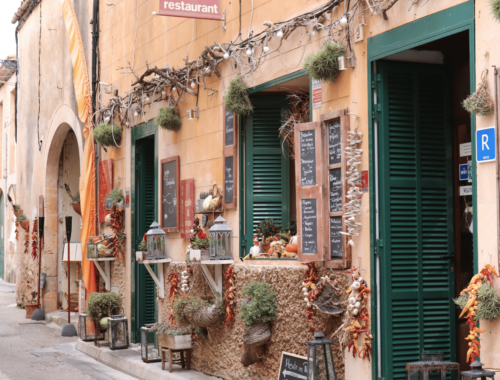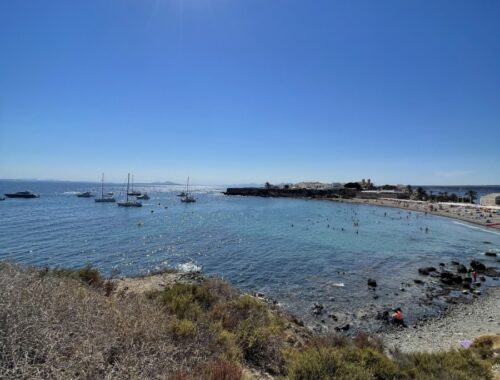Semana Santa: Jak Hiszpanie obchodzą Wielki Tydzień?
Semana Santa, czyli Święty Tydzień (Wielki Tydzień), to czas, który w Hiszpanii nabiera wyjątkowego wymiaru. Od Niedzieli Palmowej do Wielkanocy, cały kraj zanurza się w atmosferze głębokiej duchowości, przeplatanej z zapierającymi dech w piersiach widowiskami.
Procesje: Serce Semana Santa
Centralnym elementem Semana Santa są procesje. Codziennie, przez cały tydzień, ulicami hiszpańskich miast przetaczają się pochody, w których główną rolę odgrywają figury Chrystusa i Matki Boskiej. Są to monumentalne, artystycznie wykonane wizerunki niesione na imponujących platformach, które dla wielu są przede wszystkim dziełami sztuki. Ale to nie tylko eksponaty – symbolizują one Mękę Pańską, przybliżając wiernym historię Zbawienia.
Nazarenos: Tajemniczy uczestnicy procesji
Widok uczestników procesji, zwanych Nazarenos, z ich charakterystycznymi szpiczastymi kapeluszami i zakrytymi twarzami, jest jednym z najbardziej zapadających w pamięć obrazów Semana Santa. Chociaż ich wygląd może budzić niejasne skojarzenia, są oni integralną częścią tych uroczystości, symbolizując pokutę i skruchę.

Semana Santa w różnych regionach Hiszpanii
Semana Santa różni się w zależności od regionu Hiszpanii. W Andaluzji, szczególnie w miastach takich jak Malaga czy Sewilla, procesje są szczególnie huczne i spektakularne, przyciągając tłumy zarówno wiernych, jak i turystów. W innych częściach kraju, pochody charakteryzują się skupieniem i ciszą, co nadaje im zupełnie inną, bardziej introspektywną atmosferę.
Różne oblicza wiary i tradycji
Poza procesjami, Święty Tydzień kryje w sobie inne, często zaskakujące tradycje. Od samobiczowania w La Rioja po mroczny Taniec Śmierci w Katalonii, te praktyki pokazują, jak głęboko korzenie wiary i lokalnej kultury mogą sięgać w przeszłość.
Semana Santa a Wielkanoc w Polsce
W kontraście do bogatych i uroczystych tradycji Semana Santa, typowe dla Hiszpanii obyczaje wielkanocne odkrywają inne oblicze świąt. Choć Wielkanocna celebracja w tym kraju rozbrzmiewa przede wszystkim echem procesji i religijnych ceremonii, codzienne zwyczaje odróżniają się od tych znanych w Polsce. Hiszpanie nie praktykują święcenia pokarmów, które w Polsce jest istotnym elementem przygotowań do Świąt Wielkanocnych. Podobnie obcy jest im zwyczaj rodzinnych spotkań przy świątecznym śniadaniu w Niedzielę Wielkanocną, gdzie wspólne dzielenie się jajkiem symbolizuje odnowienie i wspólnotę. Również śmigus-dyngus, wesoła tradycja oblewania się wodą w Poniedziałek Wielkanocny, pozostaje poza hiszpańskim kanonem świątecznych obyczajów.
Dla wielu Hiszpanów czas Wielkanocy to przede wszystkim okazja do wytchnienia od codziennego zgiełku i spędzenia wolnych chwil z najbliższymi, często poza domem, ciesząc się wiosenną aurą na plaży czy w górach. Mimo religijnego charakteru i widowiskowych procesji, nie każdy decyduje się na aktywny udział w tych wydarzeniach. Ta różnorodność sposobów obchodzenia Świąt Wielkanocnych podkreśla, że tradycje te, choć głęboko zakorzenione w kulturze i historii, są żywe i ciągle ewoluują, odzwierciedlając zmieniające się upodobania i styl życia współczesnych Hiszpanów.






